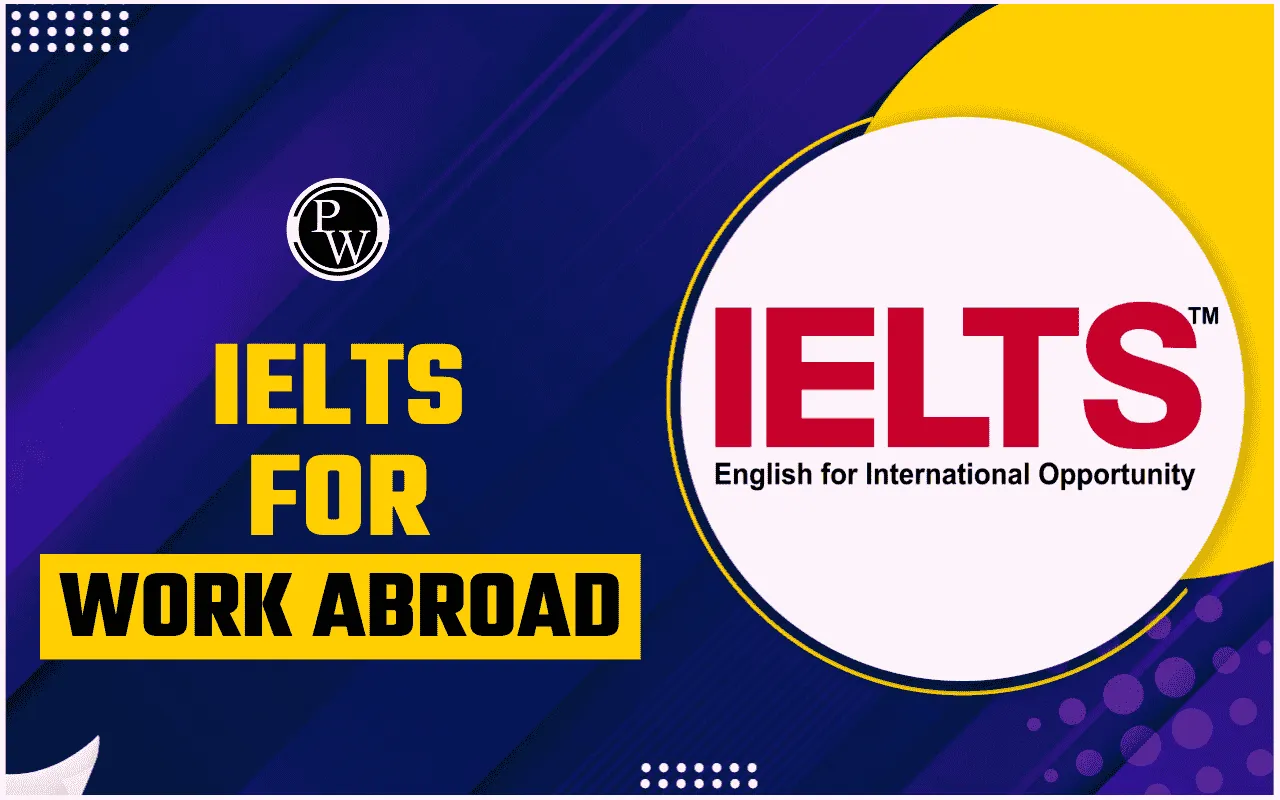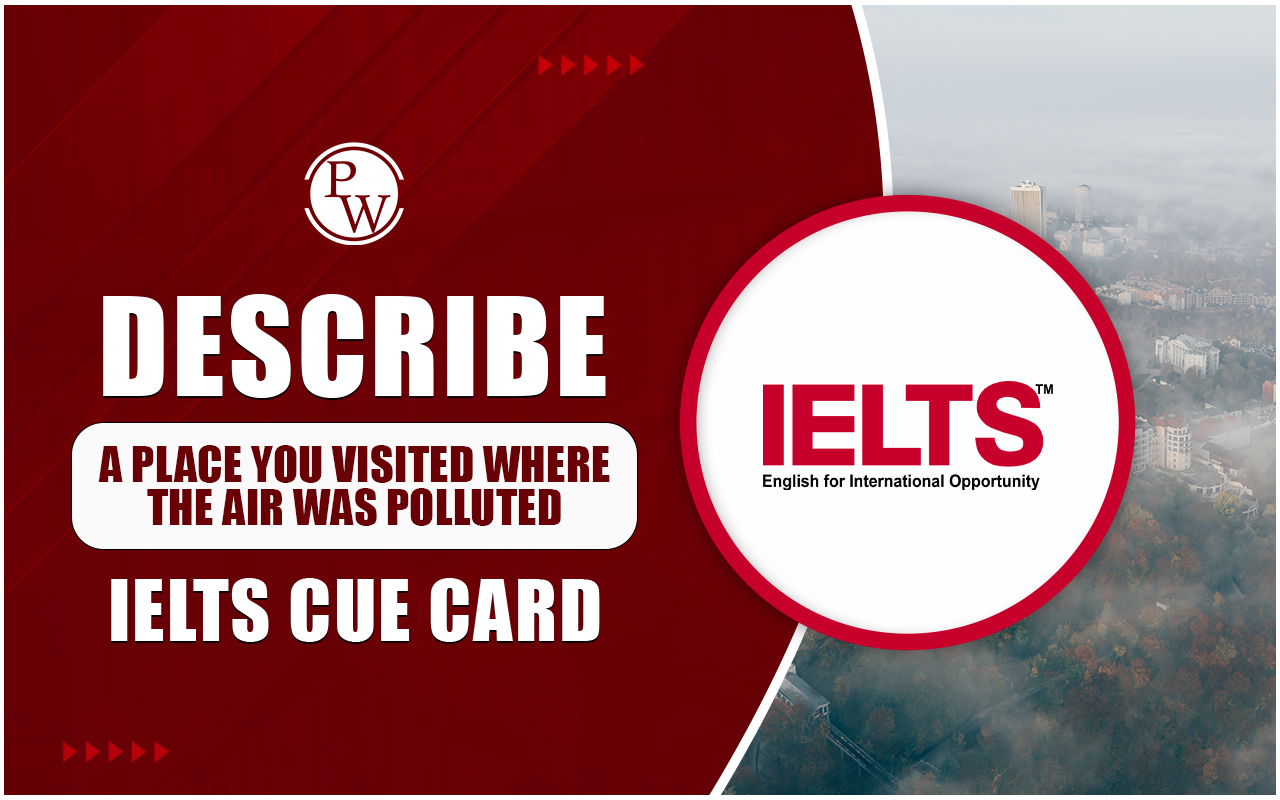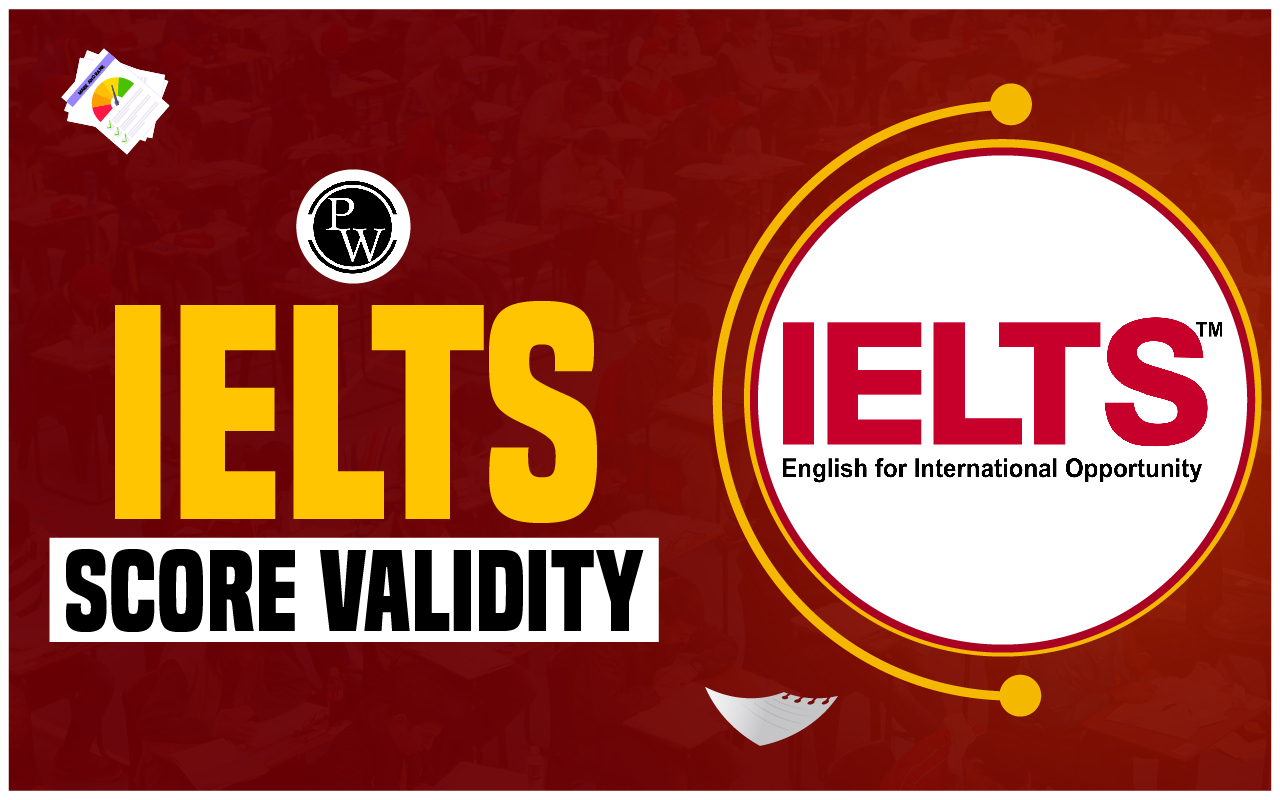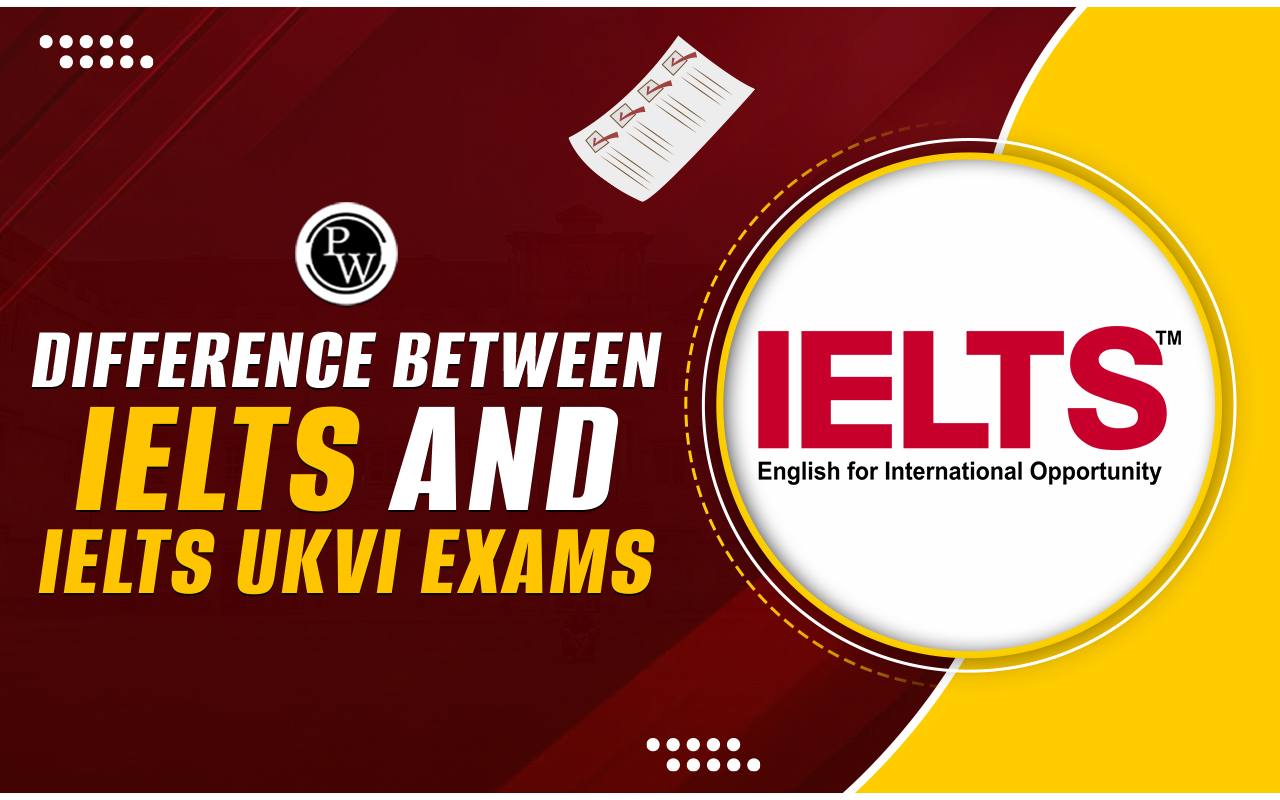

Company Innovation Reading Answers: The IELTS Reading passage "Company Innovation" is a common topic that assesses your ability to understand and analyze information related to business and creativity. This passage explores how innovation drives success in companies, the challenges large firms face in fostering creativity, and the rise of smaller, more agile businesses in developing new ideas.
Here, we have prepared a set of 13 questions based on the "Company Innovation" passage. Practicing these questions will strengthen your ability to identify key information, analyze business trends, and improve your overall performance in the IELTS Reading section.
Company Innovation Reading Answers Passage
You should spend 20 minutes on Questions 1-13, which are based on the Reading Passage below.
Company Innovation
A. In a scruffy office in midtown Manhattan, a team of 30 artificial intelligence programmers is trying to simulate the brains of an eminent sexologist, a well-known dietician, a celebrity fitness trainer and several other experts. Umagic Systems is a young firm, setting up websites that will allow clients to consult the virtual versions of these personalities. Subscribers will feed in details about themselves and their goals; Umagic’s software will come up with the advice that the star expert would give. Although few people have lost money betting on the neuroses of the American consumer, Umagic’s prospects are hard to gauge (in ten years’ time, consulting a computer about your sex life might seem natural, or it might seem absurd). But the company and others like it are beginning to spook large American firms, because they see such half-barmy “innovative” ideas as the key to their own future success.
B. Innovation has become the buzz-word of American management. Firms have found that most of the things that can be outsourced or reengineered have been (worryingly, by their competitors as well). The stars of American business tend today to be innovators such as Dell, Amazon and WalMart, which have produced ideas or products that have changed their industries.
C. A new book by two consultants from Arthur D. Little records that, over the past 15 years, the top 20% of firms in an annual innovation poll by Fortune magazine have achieved double the shareholder returns of their peers. Much of today’s merger boom is driven by a desperate search for new ideas. So is the fortune now spent on licensing and buying others’ intellectual property. According to the Pasadena-based Patent & Licence Exchange, trading in intangible assets in the United States has risen from $15 billion in 1990 to $100 billion in 1998, with an increasing proportion of the rewards going to small firms and individuals.
D. And therein lies the terror for big companies: that innovation seems to work best outside them. Several big established “ideas factories”, including 3M, Procter & Gamble and Rubbermaid, have had dry spells recently. Gillette spent ten years and $1 billion developing its new Mach 3 razor; it took a British supermarket only a year or so to produce a reasonable imitation. “In the management of creativity, size is your enemy”, argues Peter Chernin, who runs the Fox TV and film empire for News Corporation. One person managing 20 movies is never going to be as involved as one doing five movies. He has thus tried to break down the studio into smaller units—even at the risk of incurring higher costs.
E. It is easier for ideas to thrive outside big firms these days. In the past, if a clever scientist had an idea he wanted to commercialize, he would take it first to a big company. Now, with plenty of cheap venture capital, he is more likely to set up on his own. Umagic has already raised $5m and is about to raise $25m more. Even in capital-intensive businesses such as pharmaceuticals, entrepreneurs can conduct early-stage research, selling out to the big firms when they reach expensive, risky clinical trials. Around a third of drug firms’ total revenue now comes from licensed-in technology.
F. Some giants, including General Electric and Cisco, have been remarkably successful at snapping up and integrating scores of small companies. But many others worry about the prices they have to pay and the difficulty in hanging on to the talent that dreamt up the idea. Everybody would like to develop more ideas inhouse. Procter & Gamble is now shifting its entire business focus from countries to products; one aim is to get innovations accepted across the company. Elsewhere, the search for innovation has led to a craze for “intrapreneurship”— devolving power and setting up internal ideas factories and tracking stocks so that talented staff will not leave.
G. Some people think that such restructuring is not enough. In a new book Clayton Christensen argues that many things which established firms do well, such as looking after their current customers, can hinder the sort of innovative behavior needed to deal with disruptive technologies. Hence the fashion for cannibalization, setting up businesses that will actually fight your existing ones. Bank One, for instance, has established Wingspan, an Internet bank that competes with its real branches (see article). Jack Welch’s Internet initiative at General Electric is called “Destroyyourbusiness.com’”.
H. Nobody could doubt that innovation matters. But need large firms be quite so pessimistic? A recent survey of the top 50 innovations in America, by Industry Week, a journal, suggested that ideas are as likely to come from big firms as from small ones. Another sceptical note is sounded by Amar Bhide, a colleague of Mr. Christensen’s at the Harvard Business School and the author of another book on entrepreneurship. Rather than having to reinvent themselves, big companies, he believes, should concentrate on projects with high costs and low uncertainty, leaving those with low costs and high uncertainty to small entrepreneurs. As ideas mature and the risks and rewards become more quantifiable, big companies can adopt them.
I. At Kimberly-Clark, Mr. Sanders had to discredit the view that jobs working on new products were for “those who couldn’t hack it in the real business”. He has tried to change the culture not just by preaching fuzzy concepts but also by introducing hard incentives, such as increasing the rewards for those who come up with successful new ideas and, particularly, not punishing those whose experiments fail. The genesis of one of the firm’s current hits, Depend, a more dignified incontinence garment, lay in a previous miss, Kotex Personals, a form of disposable underwear for menstruating women.
J. Will all this creative destruction, cannibalization and culture tweaking make big firms more creative? David Post, the founder of Umagic, is sceptical: “The only successful intrapreneurs are ones who leave and become entrepreneurs”. He also recalls with glee the looks of total incomprehension when he tried to hawk his “virtual experts” idea three years ago to the idea labs of firms such as IBM—though, as he cheerfully adds, “of course, they could have been right”. Innovation— unlike, apparently, sex, parenting and fitness— is one area where a computer cannot tell you what to do.
| IELTS Exam Important Links | |
|---|---|
| IELTS Reading Band Score | IELTS Listening Band Score |
| IELTS Speaking Band Score | IELTS Writing Band Score |
Company Innovation Reading Answers Sample Questions
Questions 1–6
Matching Information
Match the following statements with the correct section (A–J) in the passage. Write the correct letter (A–J) in boxes 1–6 on your answer sheet.
-
Evidence that innovation has produced higher returns for companies.
-
The challenges big companies face in retaining creative talent after acquiring small firms.
-
An example of a business competing with itself to encourage innovation.
-
The effect of cheap venture capital on encouraging independent innovation.
-
A company’s attempt to remove the stigma around working on new product development.
-
An example of a company that has successfully absorbed smaller firms for new ideas.
Questions 7–10
True/False/Not Given
Do the following statements agree with the information given in the passage?
Write:
-
TRUE – if the statement agrees with the information
-
FALSE – if the statement contradicts the information
-
NOT GIVEN – if there is no information on this
-
Umagic Systems has already launched its virtual expert service to the public.
-
Big companies are currently more innovative than small companies.
-
Clayton Christensen believes that disruptive technologies can benefit established firms.
-
Amar Bhide argues that big companies should focus on low-risk projects.
Questions 11–13
Multiple-Choice Questions
Choose the correct letter, A, B, C, or D.
-
According to the passage, why are big companies interested in acquiring small firms?
-
A) To increase the size of their workforce
-
B) To access new ideas and innovation
-
C) To reduce competition
-
D) To improve their market image
-
What is one reason why innovation works better outside big firms?
-
A) Scientists prefer working for smaller companies
-
B) Small firms have better management practices
-
C) Cheap venture capital encourages independent startups
-
D) Small firms have more experienced staff
-
What change did Procter & Gamble make to encourage innovation?
-
A) Increased staff bonuses
-
B) Shifted business focus from countries to products
-
C) Reduced research and development costs
-
D) Launched new training program
Company Innovation Reading Answers with Explanations
1. Evidence that innovation has produced higher returns for companies.
-
Answer: C
-
Location: Paragraph C
-
Reference: "A new book by two consultants from Arthur D. Little records that, over the past 15 years, the top 20% of firms in an annual innovation poll by Fortune magazine have achieved double the shareholder returns of their peers."
-
Explanation: The passage explicitly mentions that firms known for innovation have outperformed others in terms of shareholder returns.
2. The challenges big companies face in retaining creative talent after acquiring small firms.
-
Answer: F
-
Location: Paragraph F
-
Reference: "But many others worry about the prices they have to pay and the difficulty in hanging on to the talent that dreamt up the idea."
-
Explanation: The passage discusses the difficulty big companies face in retaining creative staff from acquired smaller firms.
3. An example of a business competing with itself to encourage innovation.
-
Answer: G
-
Location: Paragraph G
-
Reference: "Bank One, for instance, has established Wingspan, an Internet bank that competes with its real branches."
-
Explanation: The passage provides an example of a company setting up a competitor within itself to drive innovation.
4. The effect of cheap venture capital on encouraging independent innovation.
-
Answer: E
-
Location: Paragraph E
-
Reference: "Now, with plenty of cheap venture capital, he is more likely to set up on his own."
-
Explanation: The passage highlights that the availability of venture capital encourages independent innovation.
5. A company’s attempt to remove the stigma around working on new product development.
-
Answer: I
-
Location: Paragraph I
-
Reference: "Mr. Sanders had to discredit the view that jobs working on new products were for 'those who couldn’t hack it in the real business.'"
-
Explanation: The passage mentions efforts to change the perception of working in new product development.
6. An example of a company that has successfully absorbed smaller firms for new ideas.
-
Answer: F
-
Location: Paragraph F
-
Reference: "Some giants, including General Electric and Cisco, have been remarkably successful at snapping up and integrating scores of small companies."
-
Explanation: The passage explicitly names General Electric and Cisco as successful examples of this strategy.
7. Umagic Systems has already launched its virtual expert service to the public.
-
Answer: False
-
Location: Paragraph A
-
Reference: "Umagic’s prospects are hard to gauge (in ten years’ time, consulting a computer about your sex life might seem natural, or it might seem absurd)."
-
Explanation: The service is still under development, so it hasn’t been launched yet.
8. Big companies are currently more innovative than small companies.
-
Answer: False
-
Location: Paragraph D
-
Reference: "And therein lies the terror for big companies: that innovation seems to work best outside them."
-
Explanation: The passage clearly states that small companies tend to be more innovative than big companies.
9. Clayton Christensen believes that disruptive technologies can benefit established firms.
-
Answer: False
-
Location: Paragraph G
-
Reference: "Clayton Christensen argues that many things which established firms do well... can hinder the sort of innovative behavior needed to deal with disruptive technologies."
-
Explanation: Christensen argues that established firms are hindered, not benefited, by disruptive technologies.
10. Amar Bhide argues that big companies should focus on low-risk projects.
-
Answer: True
-
Location: Paragraph H
-
Reference: "Rather than having to reinvent themselves, big companies, he believes, should concentrate on projects with high costs and low uncertainty."
-
Explanation: The passage confirms that Bhide advises big companies to focus on lower-risk projects.
11. According to the passage, why are big companies interested in acquiring small firms?
-
Answer: B) To access new ideas and innovation
-
Location: Paragraph F
-
Reference: "Some giants, including General Electric and Cisco, have been remarkably successful at snapping up and integrating scores of small companies."
-
Explanation: The passage mentions that big companies acquire small firms to gain access to fresh ideas.
12. What is one reason why innovation works better outside big firms?
-
Answer: C) Cheap venture capital encourages independent startups
-
Location: Paragraph E
-
Reference: "Now, with plenty of cheap venture capital, he is more likely to set up on his own."
-
Explanation: The availability of venture capital encourages innovation outside big companies.
13. What change did Procter & Gamble make to encourage innovation?
-
Answer: B) Shifted business focus from countries to products
-
Location: Paragraph F
-
Reference: "Procter & Gamble is now shifting its entire business focus from countries to products; one aim is to get innovations accepted across the company."
-
Explanation: The passage states that Procter & Gamble shifted its focus to products to improve innovation.
Also Read:
- Should You Use All Capital Letters in the IELTS Listening and Reading Tests
- IELTS Reading Mistakes
- How to Improve IELTS Reading Score
- How to Manage Time in IELTS Reading
Guidance of PW IELTS
Physics Wallah offers multiple online IELTS courses for all students. Follow the IELTS pages to better prepare for the exam.
| What is IELTS Exam? | Documents Required for IELTS Registration |
| IELTS exam eligibility requirements | IELTS Exam Fees |
| IELTS test results | IELTS Exam Pattern |
Company Innovation Reading Answers FAQs
What is the main challenge for big companies regarding innovation?
Why are smaller firms more successful at innovation?
What role does venture capital play in innovation?
How are large companies adapting to foster innovation?
What is the impact of innovation on business success?












